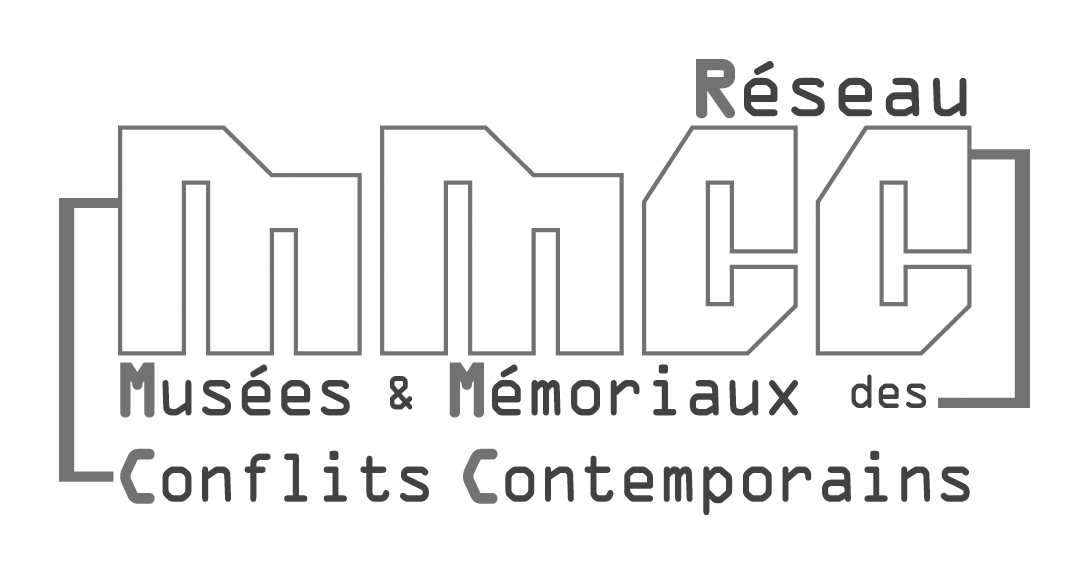Inaugurated in April 2018, the Sir John Monash Centre tells the story of Australians on the Western Front during the First World War.
More than 416,000 Australians volunteered, among them 295,000 Australians served on the Western Front between 1916 and 1918. Of these, 132,000 were wounded and 46,000 lost their lives.
The Sir John Monash Centre, named after one of the most respected Australian generals of the First World War, was built on the site of the battle of Villers-Bretonneux (1918), a significant battle in which Australian soldiers played an important role. The Centre is located behind the Australian National Memorial and is adjacent the Villers-Bretonneux Military Cemetery, in which over 2,000 Commonwealth soldiers are buried. The Memorial, inaugurated in 1938, commemorates close to 11,000 Australian soldiers who died on the Western Front in France and have no known grave.
Upon arrival to the site, visitors are invited to connect to the SJMC Wi-Fi, download the SJMC App on their smartphones and connect their earphones. The App (available in French, English and German) acts as a ‘virtual and personal tour guide’ through the Villers-Bretonneux Military Cemetery, the Australian National Memorial and the Sir John Monash Centre.
This technology allows visitors to discover the stories of Australian soldiers buried in the cemetery or commemorated on the Memorial. The app also offers a 360° panorama from the Memorial’s tower to explore the Somme Valley and learn more about its history during the war.
Inside the Sir John Monash Centre, visitors are invited to follow the journey taken by Australians during the War - from Australia before the war, to the harsh introduction to the Somme in 1916, and finally to their finest achievements in 1918. It culminates with their return to Australia, a country irrevocably changed by the War despite its distance from the actual battlefield. Visitors learn about the Australians’ experiences in their own words through letters, diaries, life-size images and the use of new and archival footage, animation, maps and soundscapes.
At the centre of the experience is an immersive gallery, which takes visitors on an emotional and educational journey to the heart of the battles of Villers-Bretonneux and Le Hamel.
A visit to the Sir John Monash Centre provides an enhanced understanding of the Australian experience on the Western Front, and the impact and loss suffered by a young nation.
Commemorative service: Alongside British and French troops, the Australian and New Zealand Army Corps (ANZAC) landed on the Gallipoli Peninsula on 25 April. That fateful day marked the beginning of an eight-month campaign that claimed tens of thousands of lives, including over 8,000 Australians.
A year later, 25 April was officially named "Anzac Day" when Australia, New Zealand and troops in Egypt celebrated the anniversary of the landing.
In remembrance of those who served during the Great War and more recent wars, conflicts and peacekeeping operations, Anzac Day ceremonies are held around the world each year. An Anzac Day Dawn service is held at the Australian National Memorial in Villers-Bretonneux, near Amiens. It takes place on the site of an intense battle in 1918 where, from early April, Australian units helped defend Villers-Bretonneux during the German spring offensive.
Education program : To make the most of their visit to the Sir John Monash Centre, teachers are encouraged to book a hands-on activities workshop for their students. The Centre offers a wide range of activities for all ages as well as tailored hands-on activities to suit students’ interests and meet curriculum objectives.
As they uncover the true story of Valentine Rochfort through objects he would have been familiar with, students immerse themselves in the Australian experience of the Western Front.
For more information : https://sjmc.gov.au/education/experience/

Sources : Centre Sir John Monash - Crédits photos : ©SJMC
https://www.facebook.com/sirjohnmonashcentre
https://instagram.com/sirjohnmonashcentre
https://twitter.com/sirjohnmonash